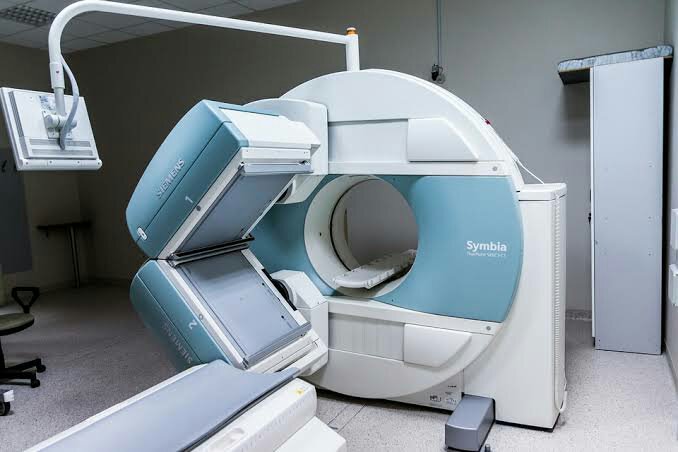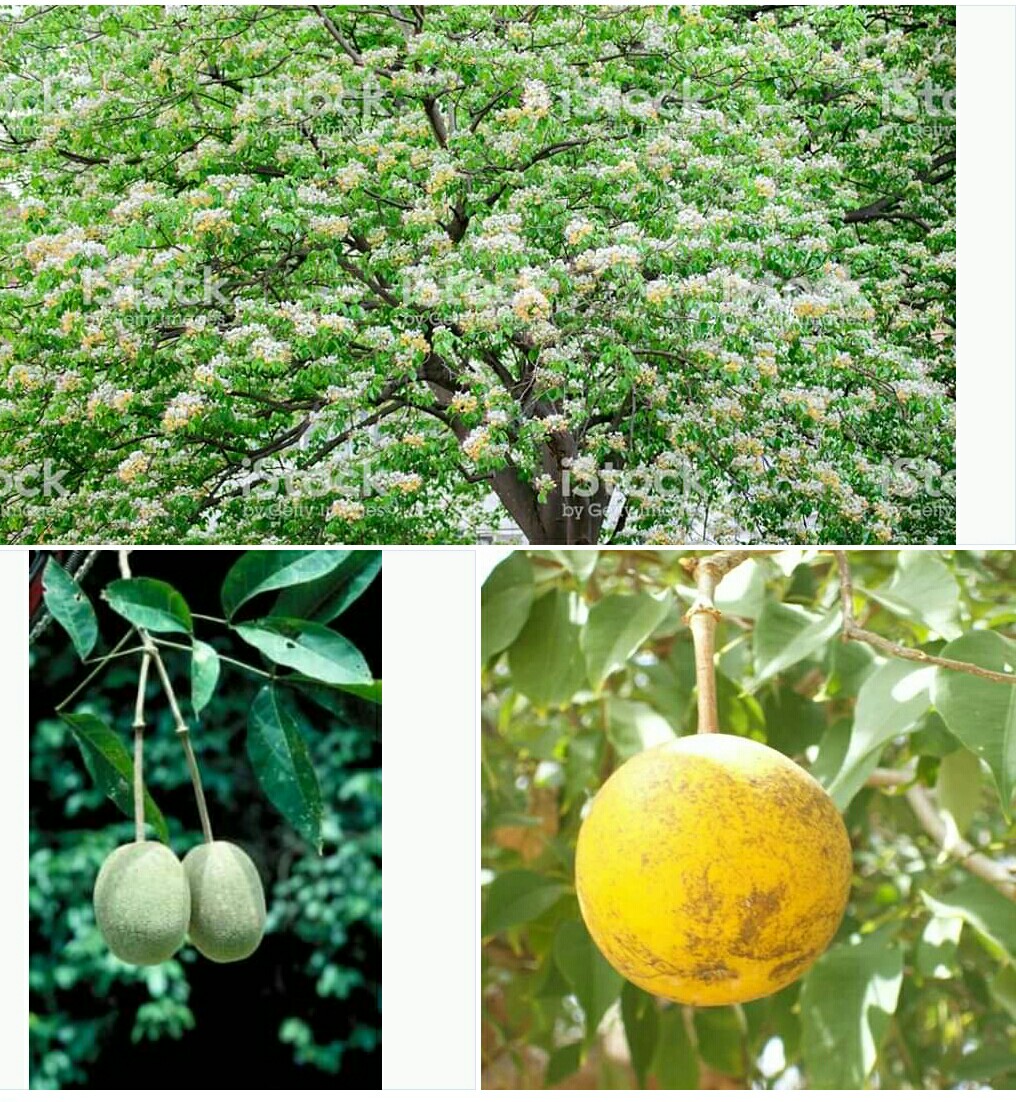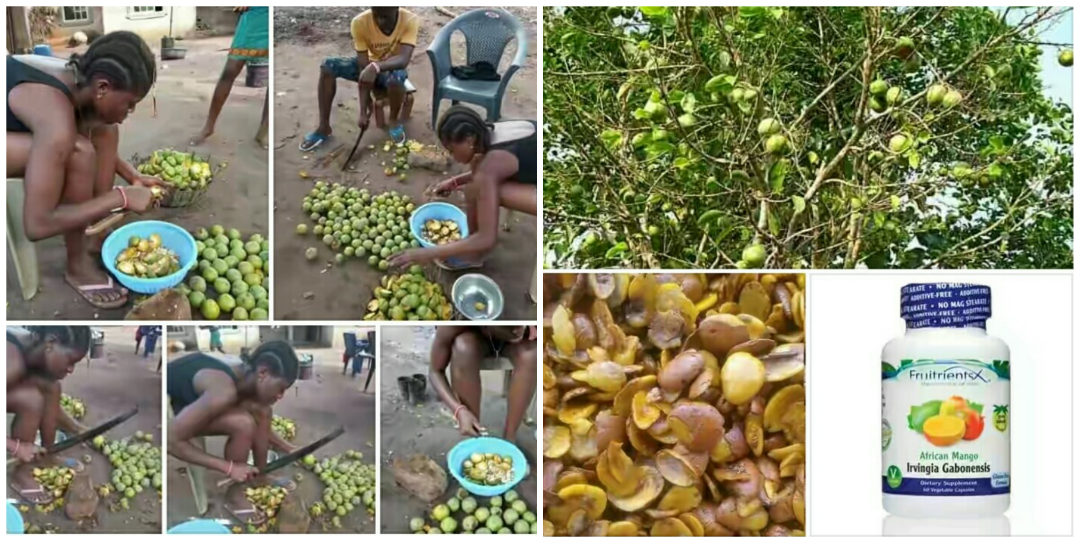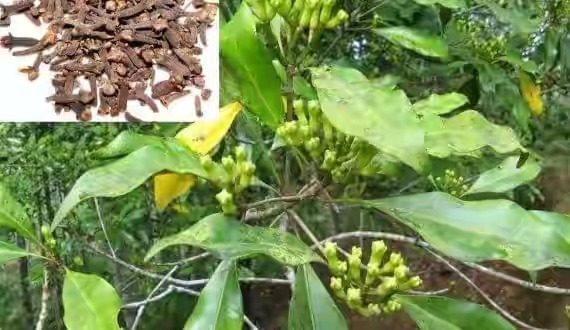Crateva religiosa; synonyms: Crateva adansonii DC., Crateva brownii, Crateva hansemannii, Crateva macrocarpa, Crateva magna, Crateva membranifolia (Botanical name) or Garlic pear, Temple plant, Sacred barma, Spider tree, Bael fruit tree, Bengal quince, Bidasi (English) or Gudai, Ungududu (Hausa) or Ẹgun-ọ́run, Taniyá (Yoruba) or Ngálídò (Kanuri) or Lamďam baali (Fula-Fulfulde): An ornamental tree with appreciable nutritional and medicinal values
DESCRIPTION AND OCCURRENCE: Garlic pear is a moderate sized deciduous tree, 15 m tall and 9 m wide. It grows well in sun or partial shade and normally prefers moist, rich, neutral to acid soil. Bark is grey, and the wood is yellowish-white, turning light-brown when old.
Leaves are clustered at the ends of branchlets, with a common petiole 5 to 10 cm long, at the summit of which are tree leaflets.
Leaflets are ovate-lanceolate or ovate, 7.5 to 12 cm long, 4 to 6 cm wide, and pointed at the base, with a rather slender point at the tip.
Flowers occur in terminal corymbs, are about 5 cm in diameter, greenish-yellow, and the stamens are purplish. The petals are ovate or oblong, with the claw half as long as limb.
The fruits of Garlic pears are rounded or ovoid shaped fruit, and are 3 to 5 cm in diameters. The fruit has hard and rough rind and has unpleasant smell and burning taste.
The seeds are about 10 mm in length, numerous, kidney-shaped, and embedded in a yellow pulp.
Garlic pear is considered to have originated from Japan, Australia, much of Southeast Asia and several South Pacific islands.
Garlic pear is grown elsewhere for fruit, especially in parts of the African continent. The fruit of the tree is edible and high in vitamin C.
Nowadays, because of its wonderful taste it is globally distributed in India, Myanmar, Sri Lanka, Malaysia, Indonesia and China.
Nutritional Value, Industrial Uses and health benefits
Leaves and young shoots can be cooked and eaten as a vegetable. It is considered a spinach substitute in India, South China and South East Asia.
The fruit is occasionally eaten, usually roasted (Micronesia). In India and Sri Lanka, the fruit pulp is eaten raw or pickled or it serves for making marmalade, syrup, jelly, drinks and conserves.
It is also preserved by drying.
Apart from their burning taste, garlic pear is a good source of nutrients, vitamins and minerals.
Consuming 228 gram ( a cup) of garlic pear offers 123.3 mg of vitamin C, 3.67 mg of iron, 12.1 g of total dietary fiber, 40.13 g of carbohydrate, 0.415 mg of manganese, 107 mg of phosphorus, 693 mg of potassium, 0.13 mg of copper and 55 mg of magnesium.
Therefore, it can be said that the fruits are a rich source of vitamin C, dietary fiber, copper, potassium, phosphorous, magnesium, manganese and iron.
The juice from the bitter stem bark or root is used in decoction as a laxative against colic and as a febrifuge in Malesia and Thailand.
Bark removed from the base of the trunk has been recorded as used at Mutam internally and externally for treating sterility.
In India, Crateva religiosa flower is considered astringent and cholagogue.
The bark and the leaves are pounded and applied as a poultice against rheumatism.
In the Solomon Islands the leaves are heated and applied to treat earache.
People use the leaves and bark of this tree to cure jaundice, eczema, rabies in Pallaypatty village of Tamil Nadu.
The bark is laxative and also stimulates the appetite. A gummy substance, derived from the fruits of Crateva religiosa, is used as lacquer and adhesive or for hardening mortar.
A yellow dye, extracted from peel of the fruits, is utilized for textile prints and for dyeing silk. It is a common ornamental and sacred plant, usually planted around temples in India and Polynesia.
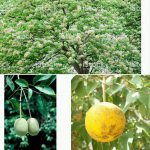
These are the thoughts of:
Sa’eed Halilu Bawa
Senior Lecturer (Associate Professor) at University of the West Indies, St. Augustine Campus, Trinidad.
Studied Food and Nutrition Sciences, Dietetics at Kaduna Polytechnic, Nigeria; Warsaw University of Life Sciences, Poland.













